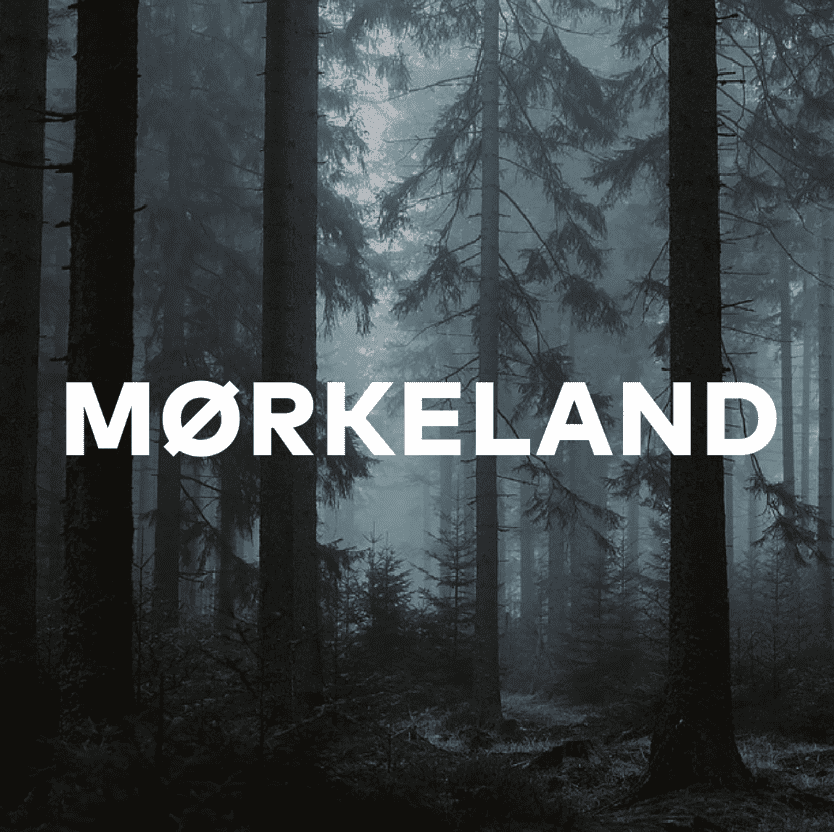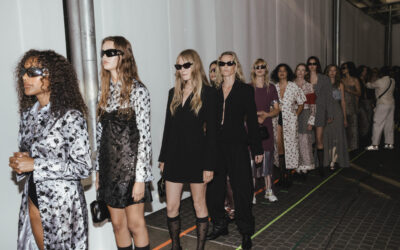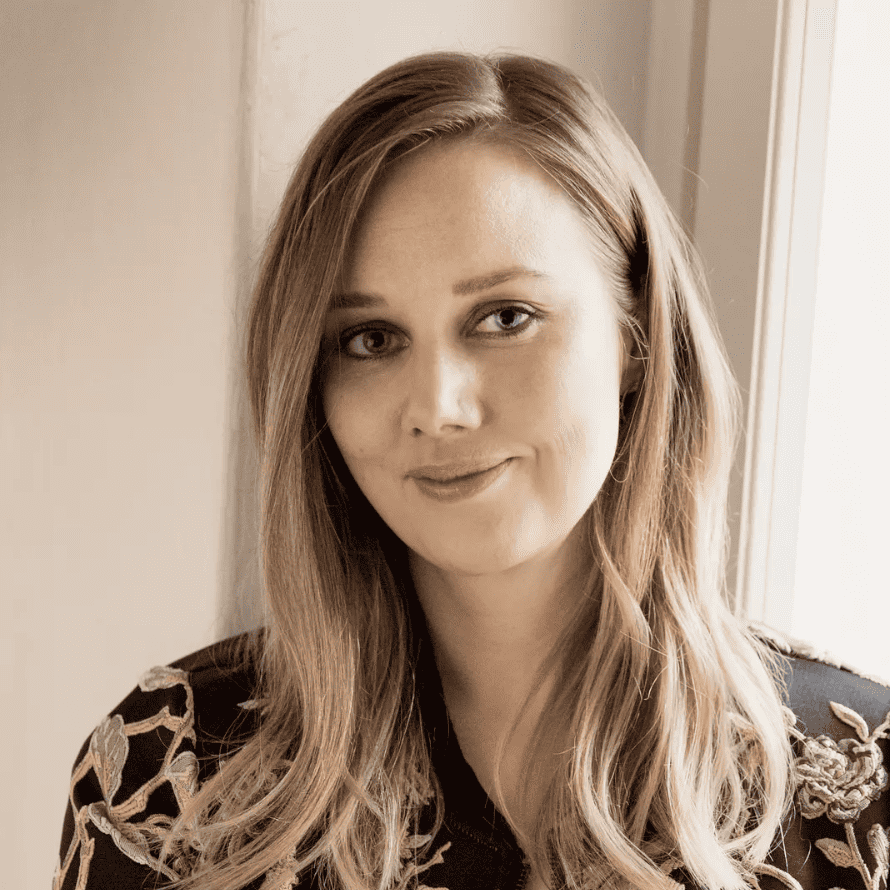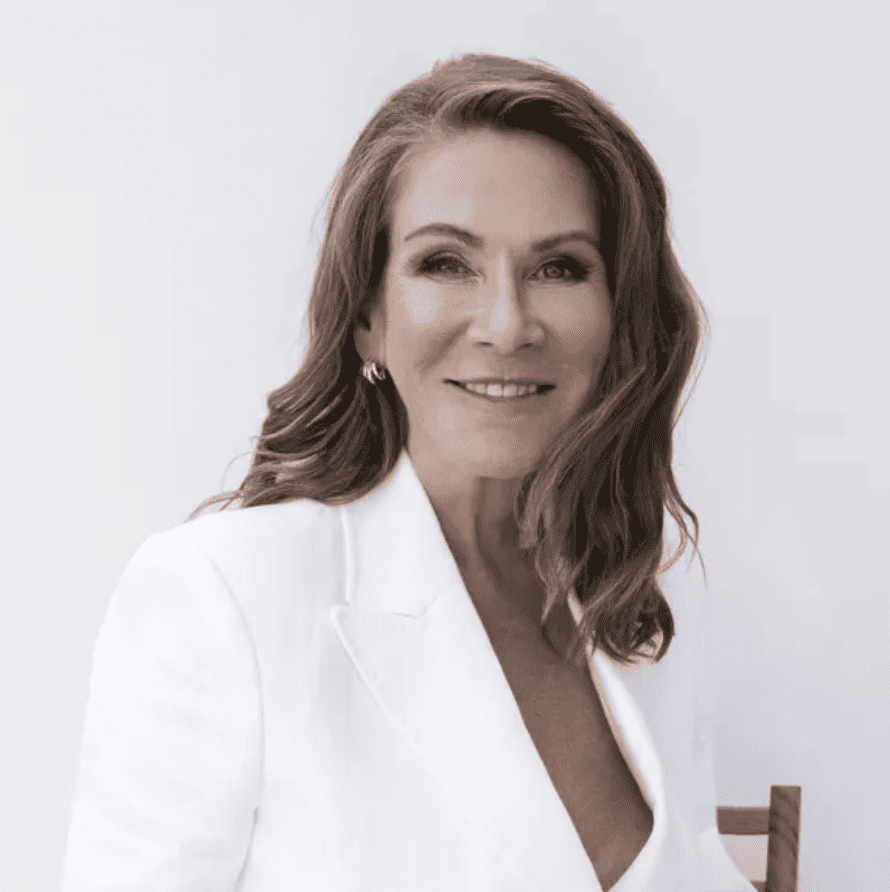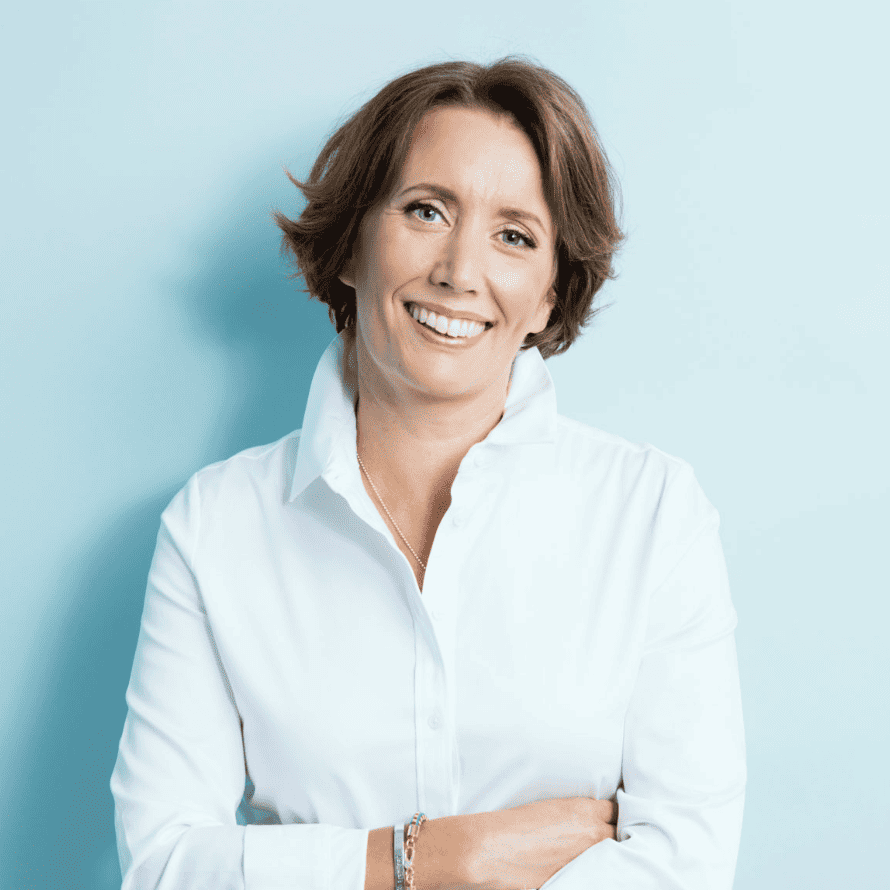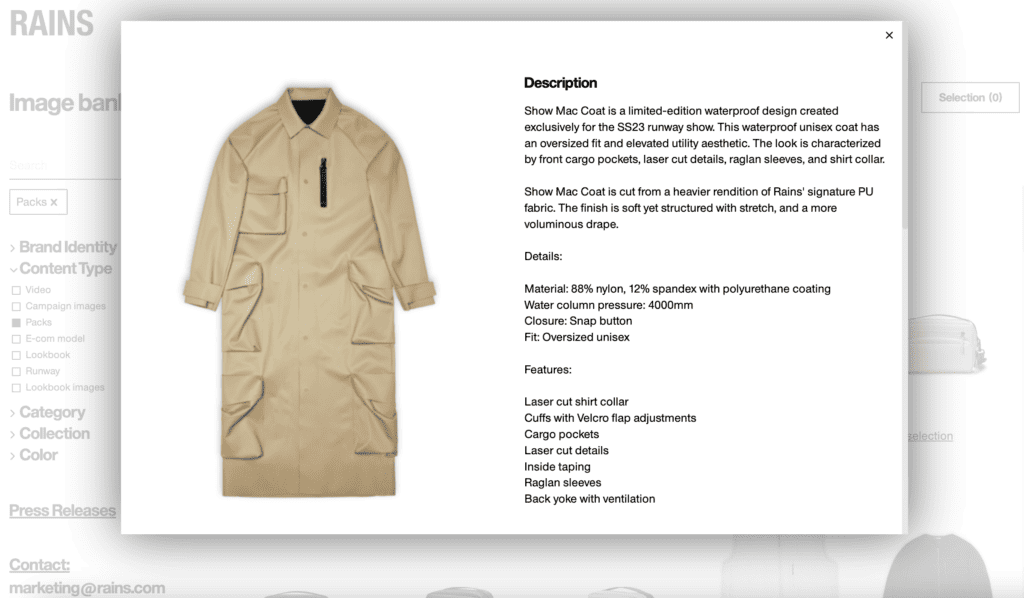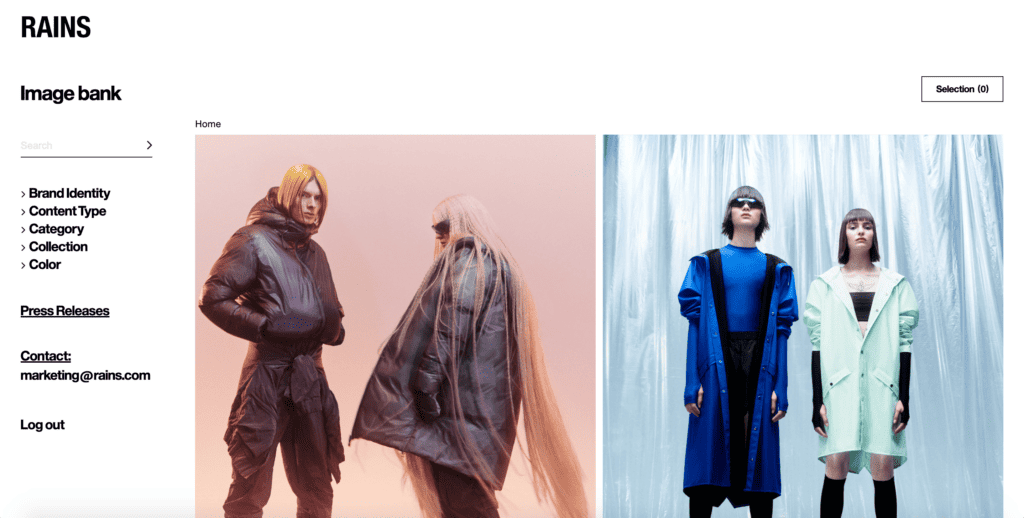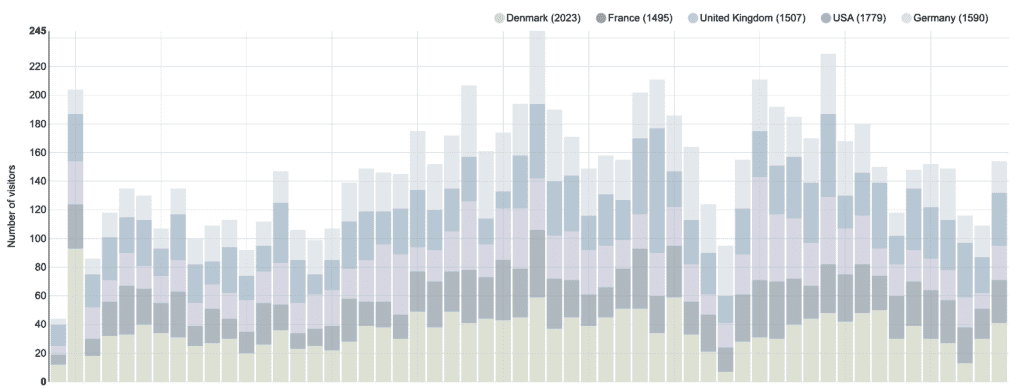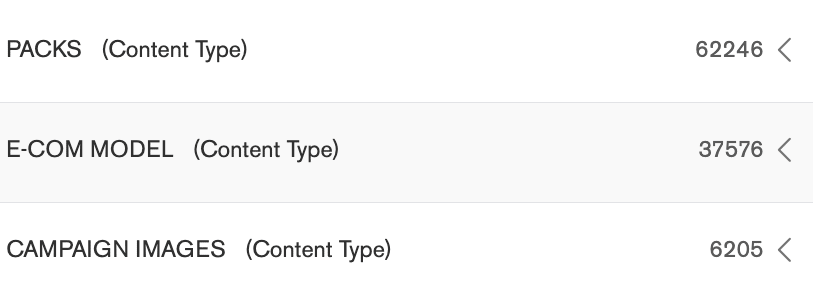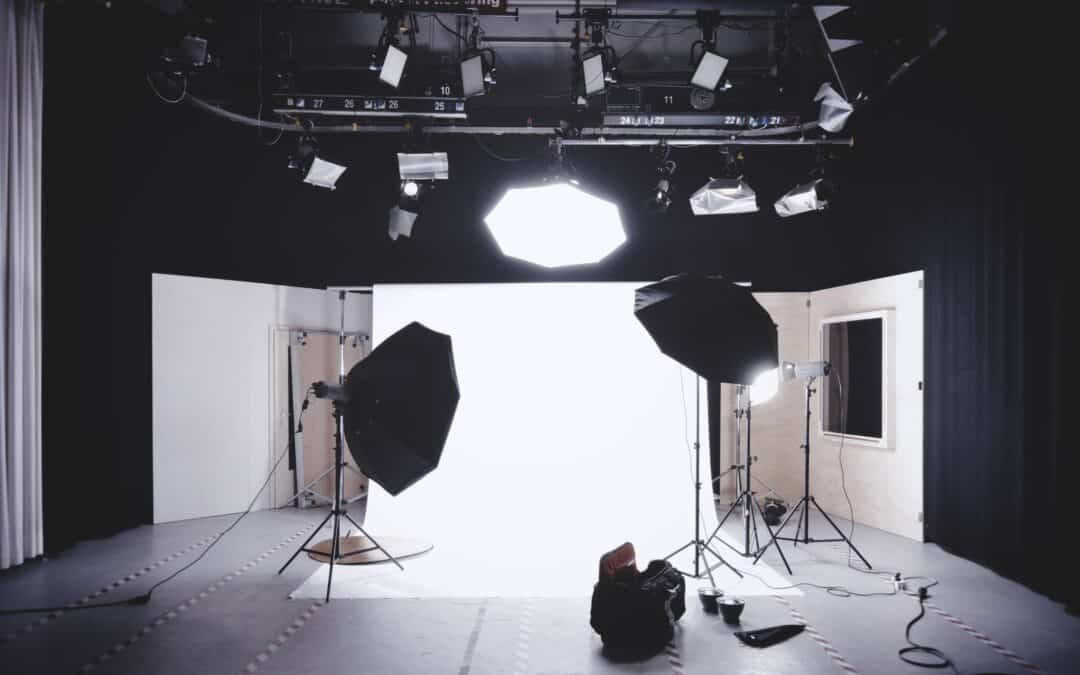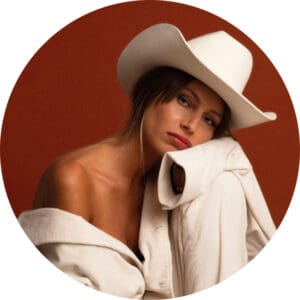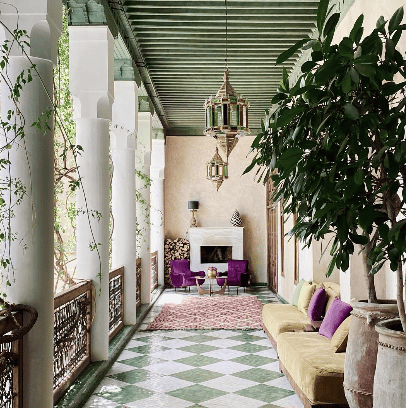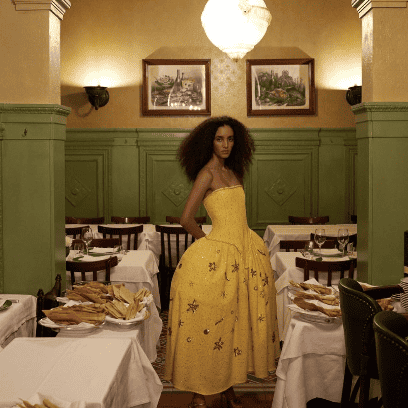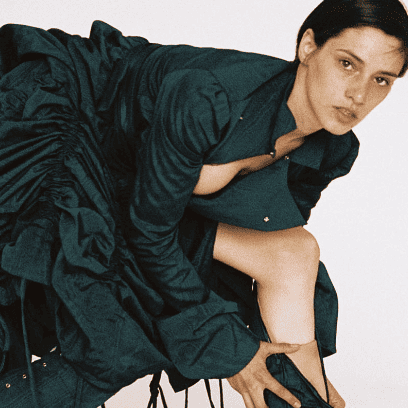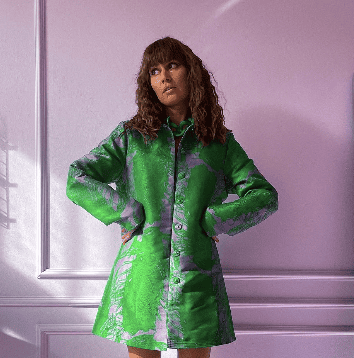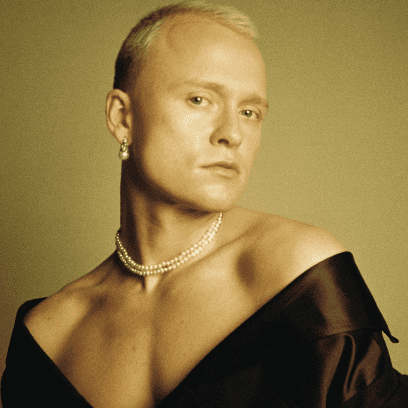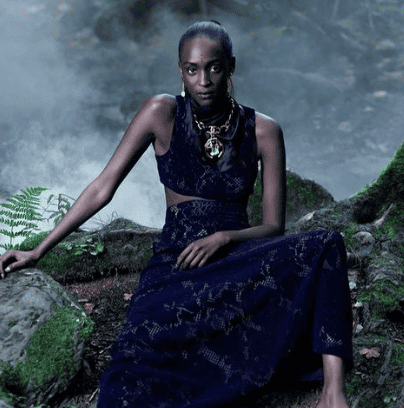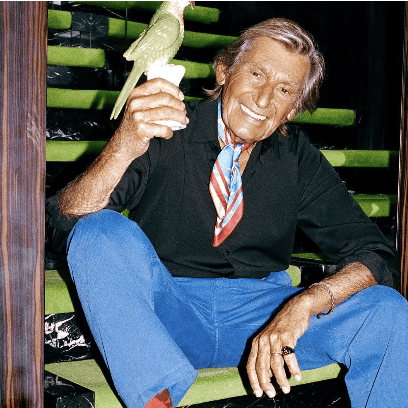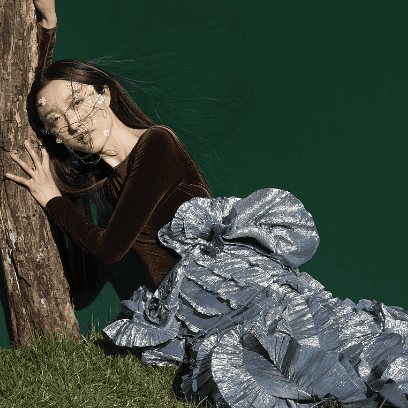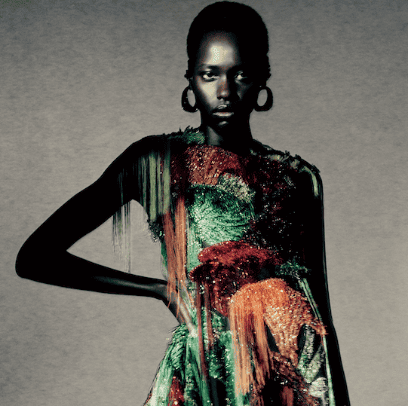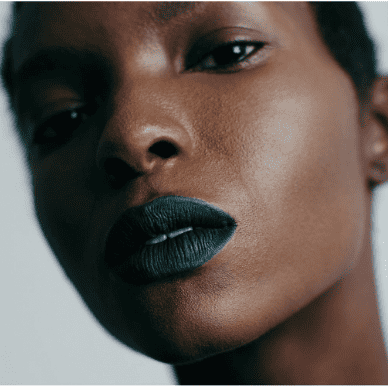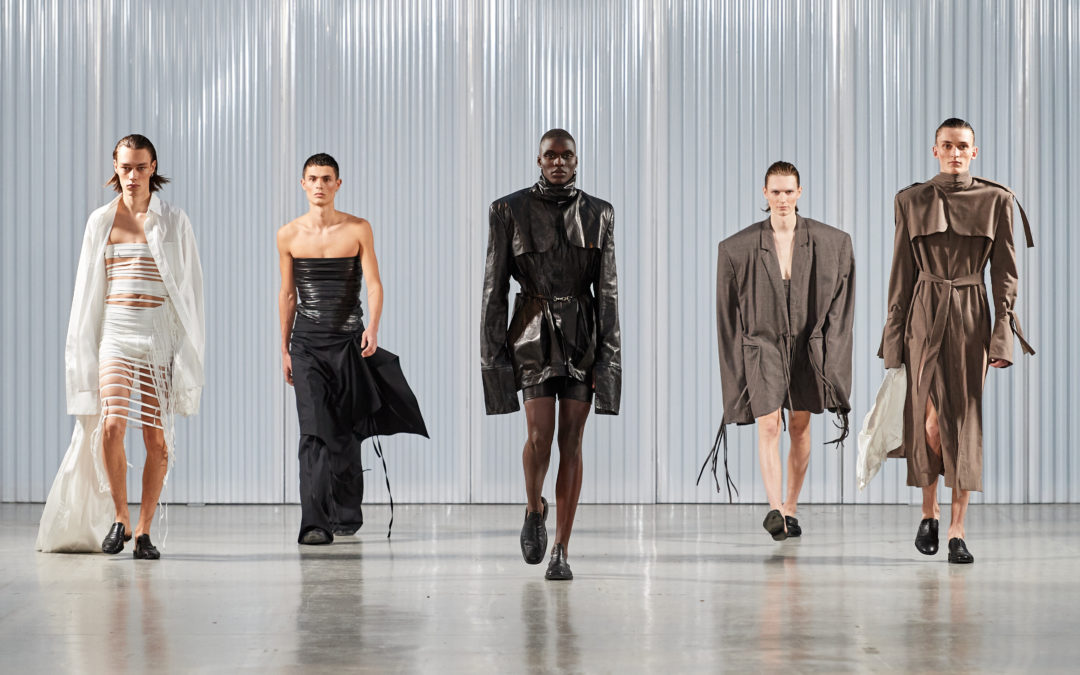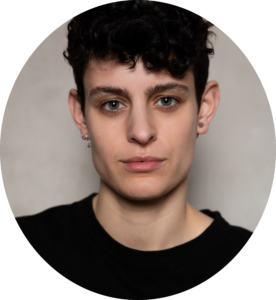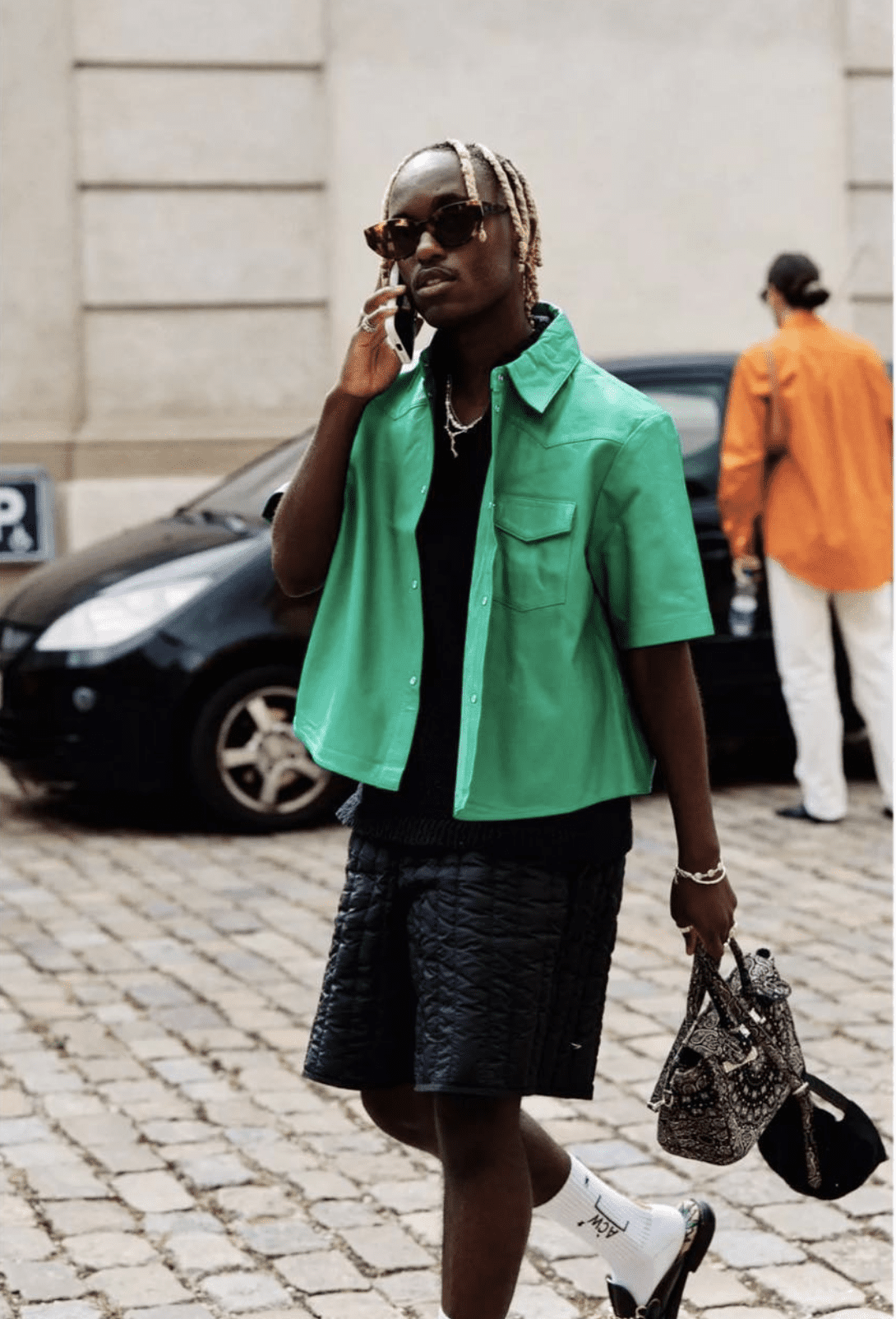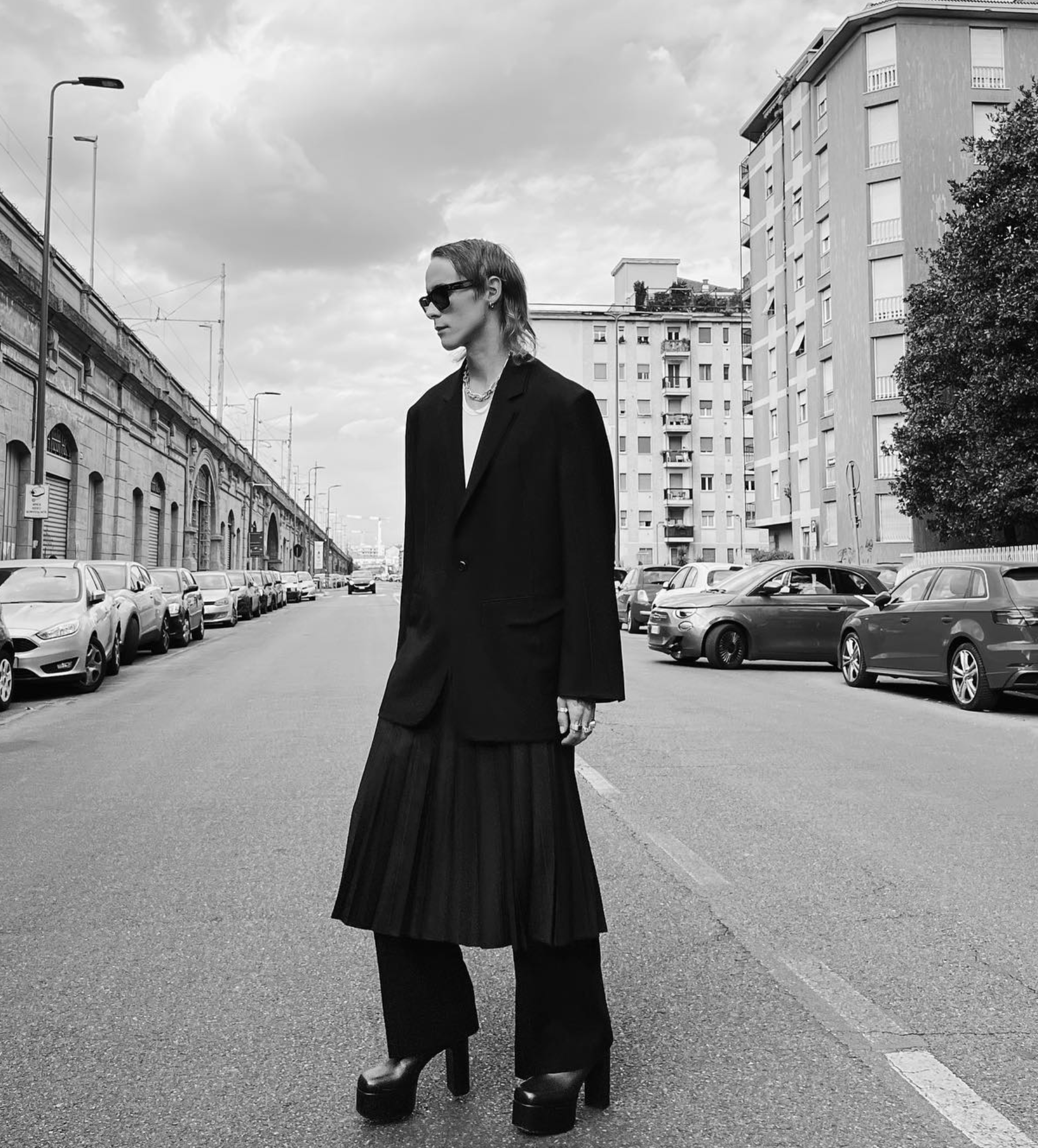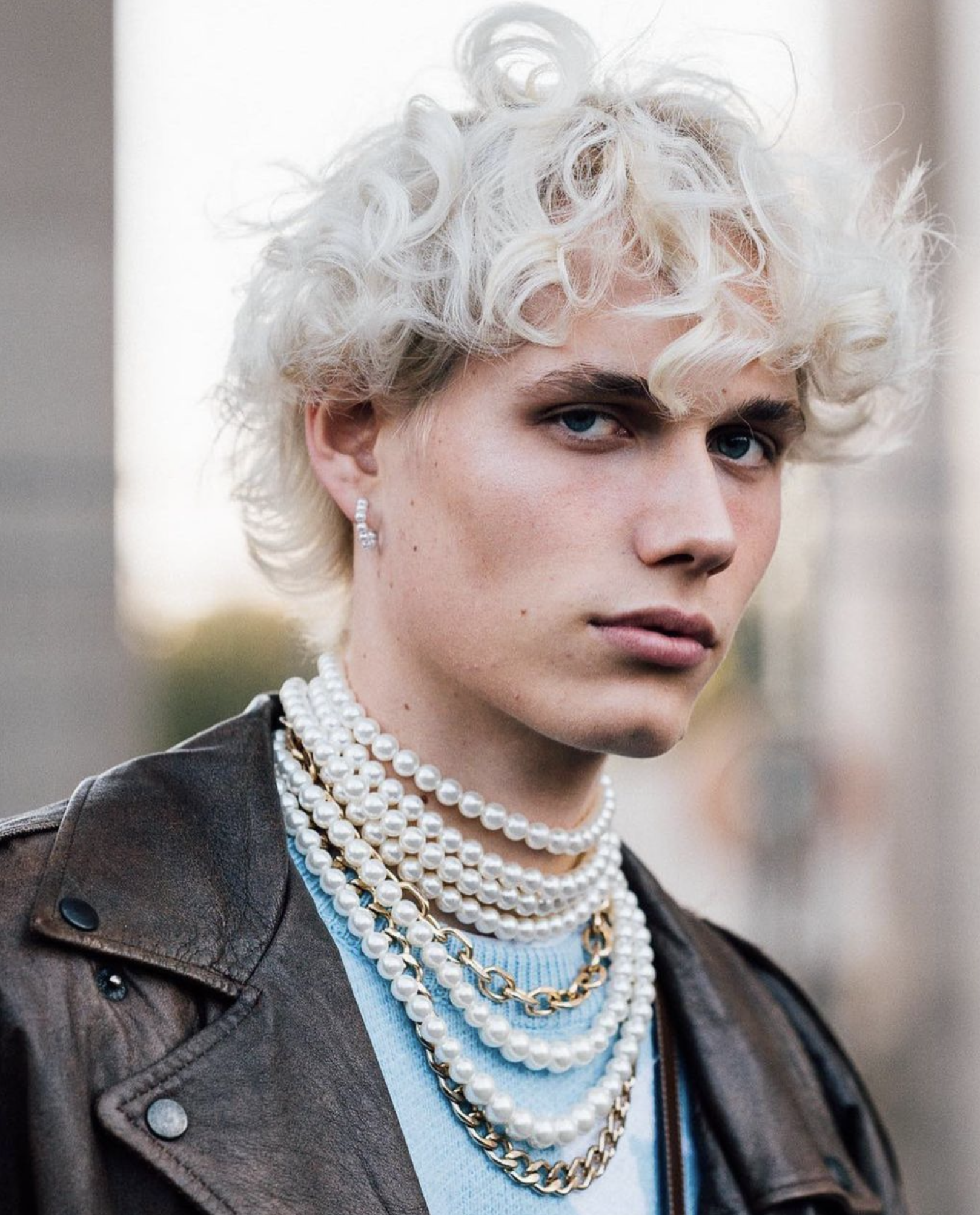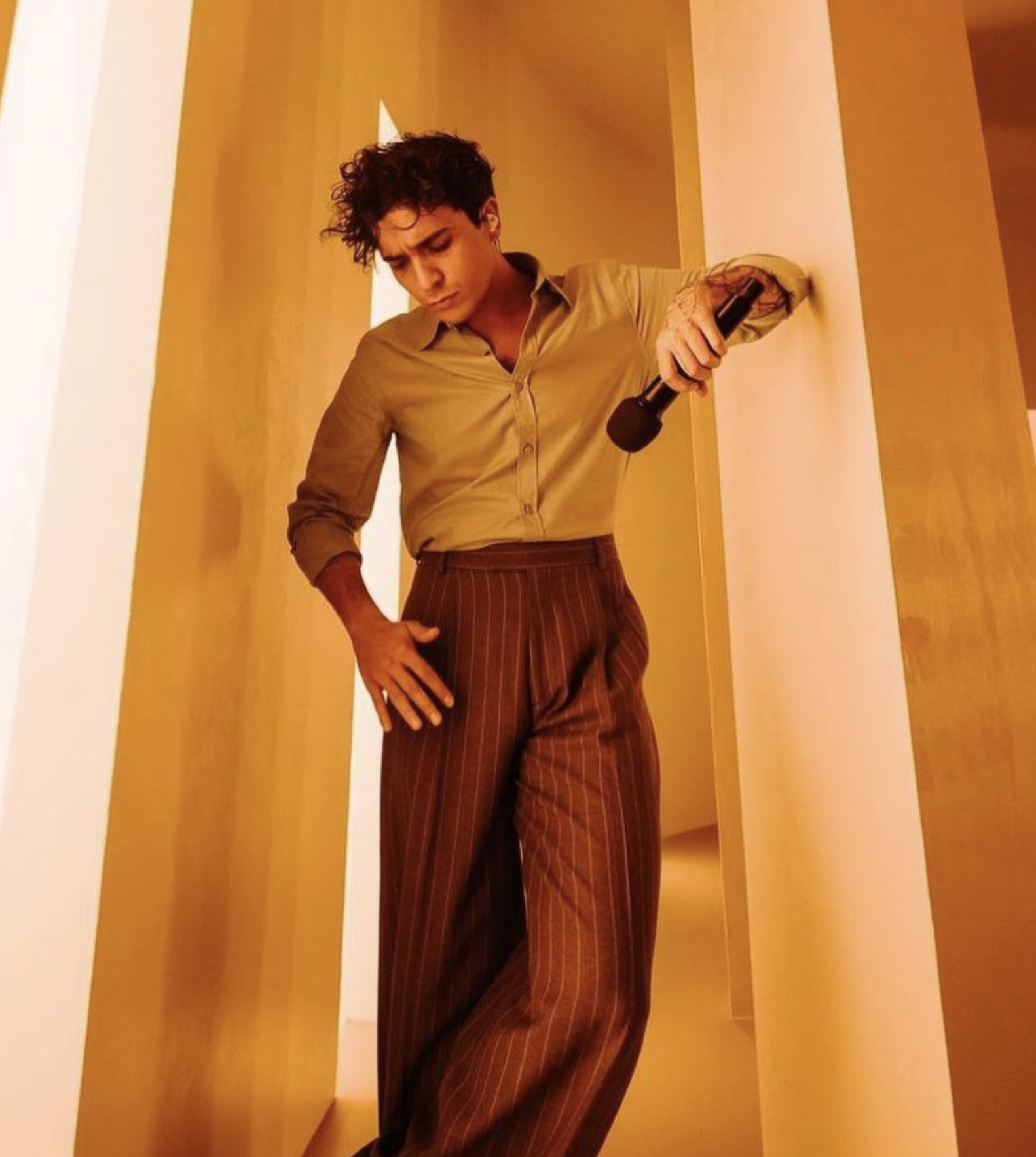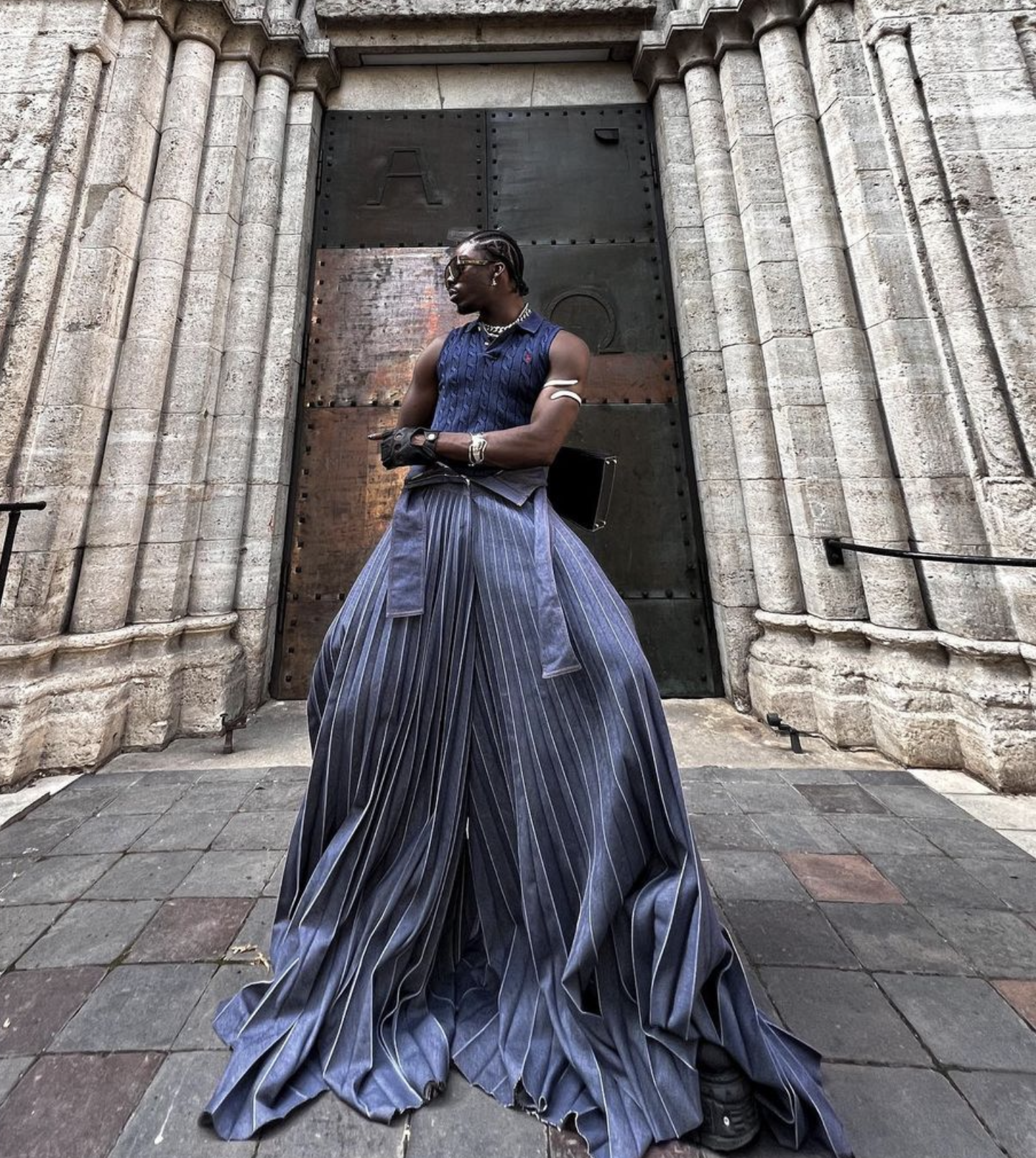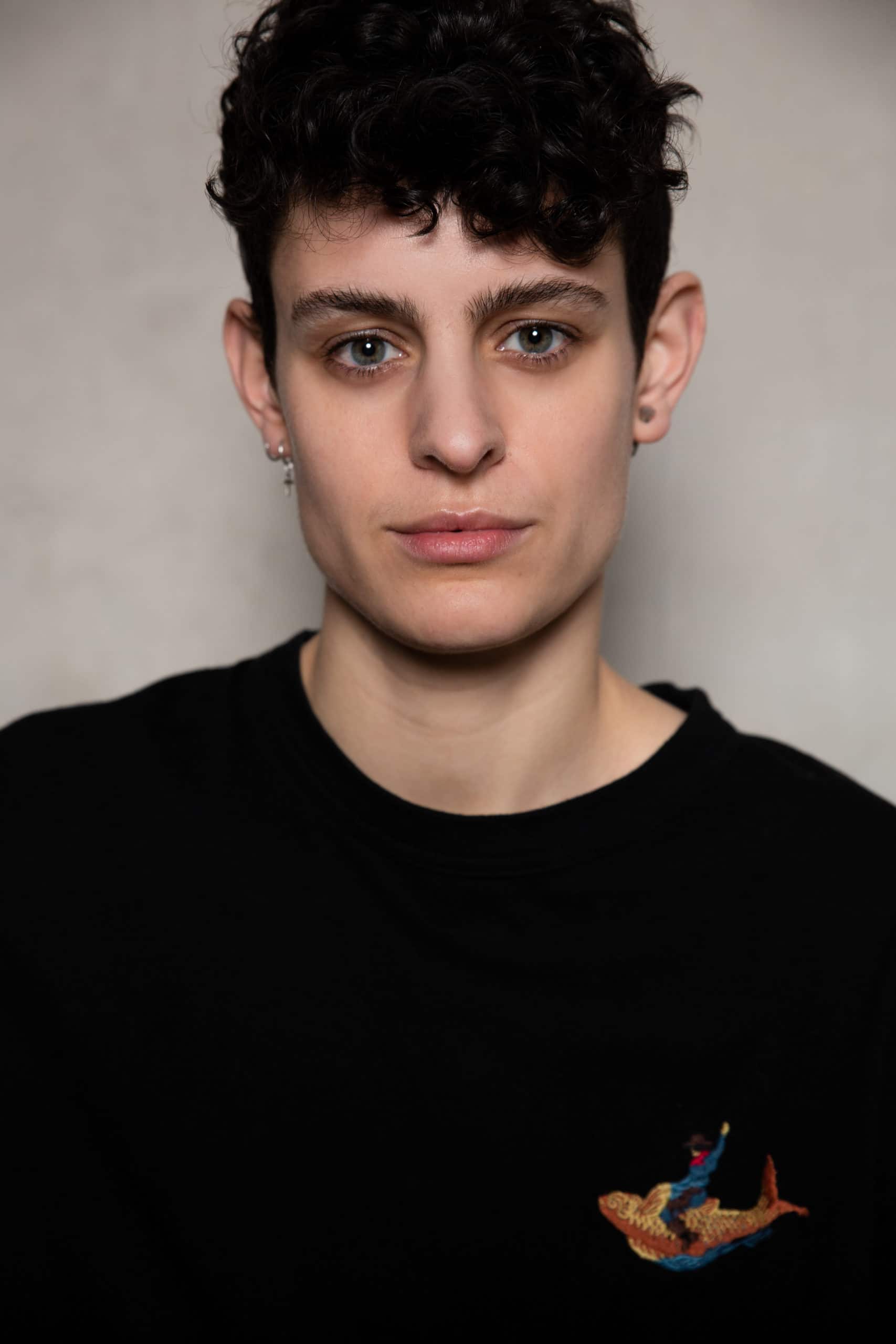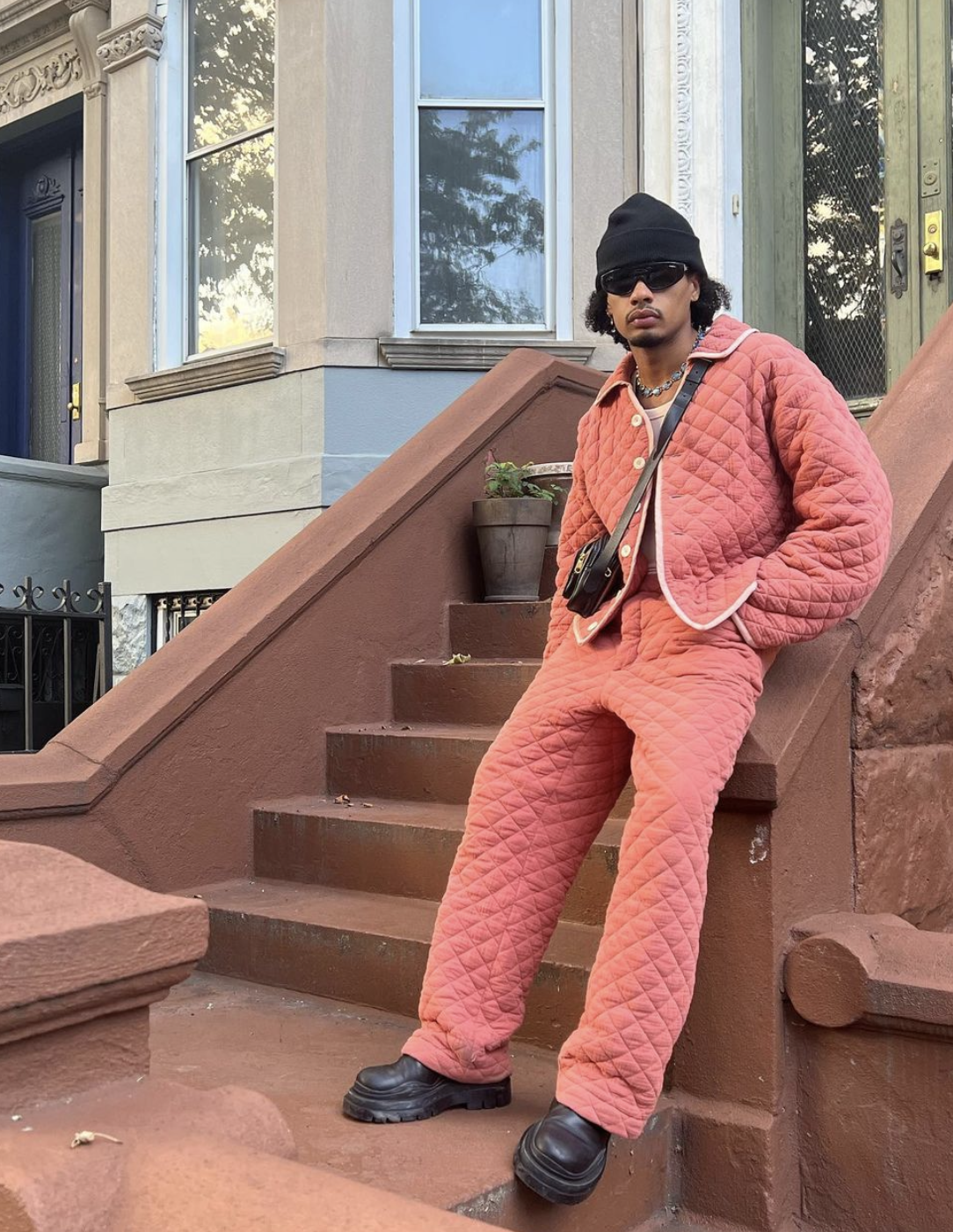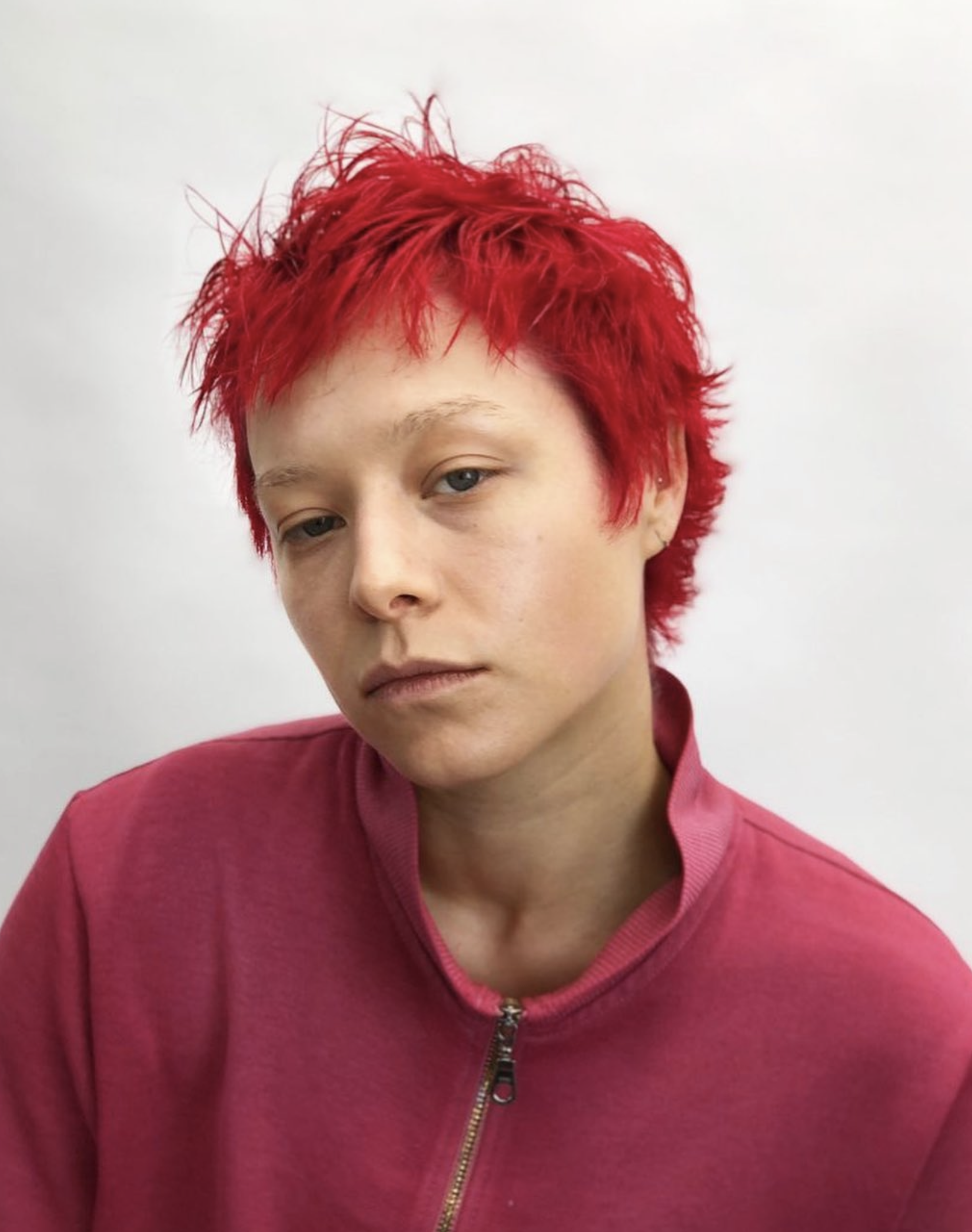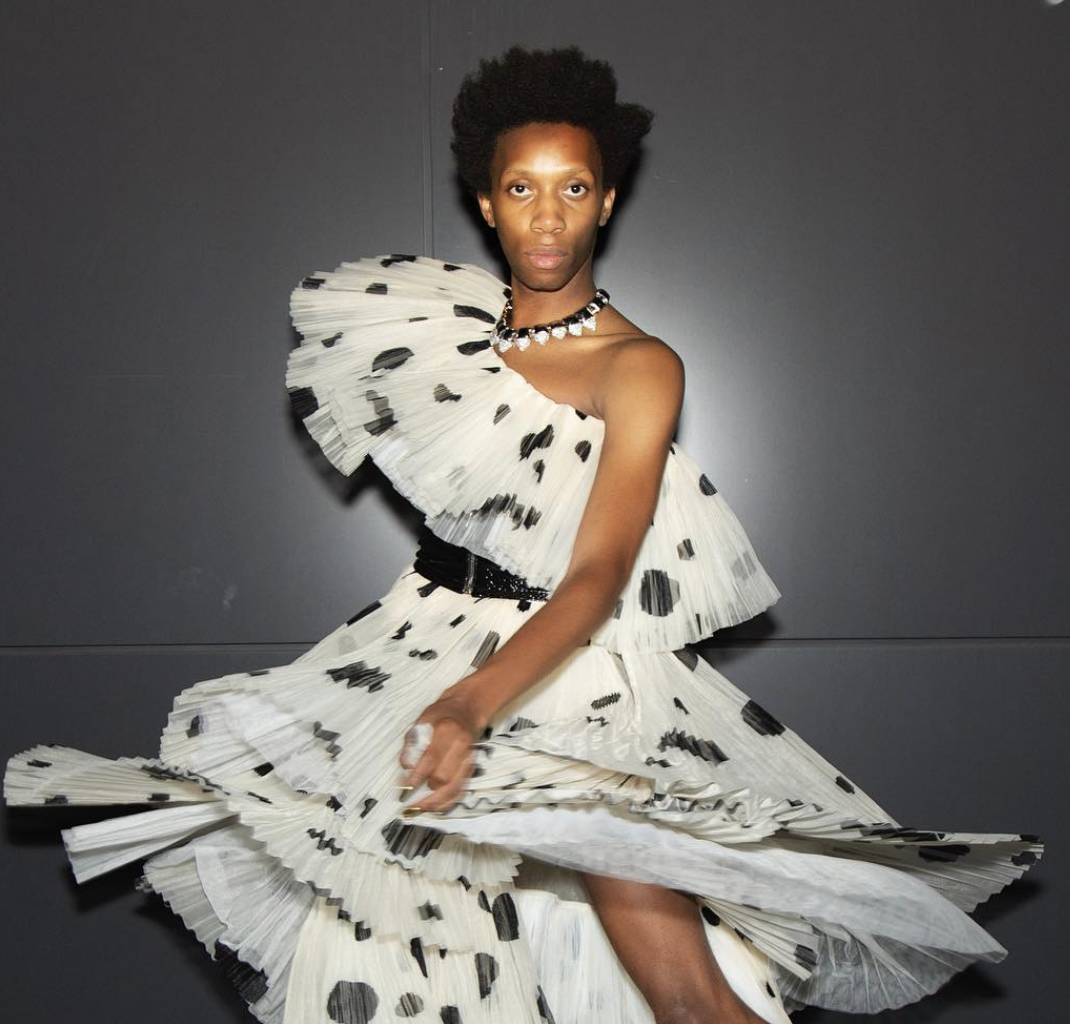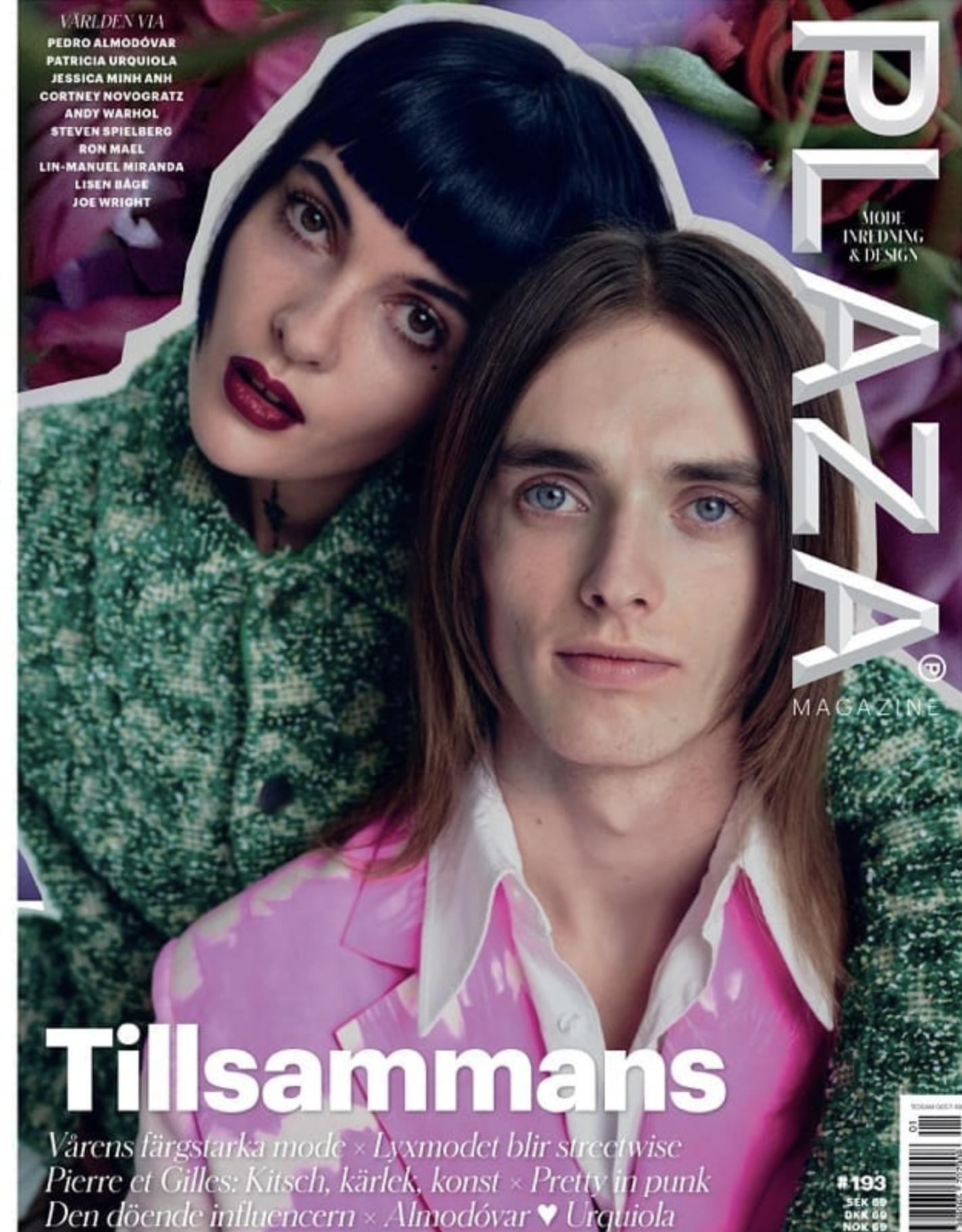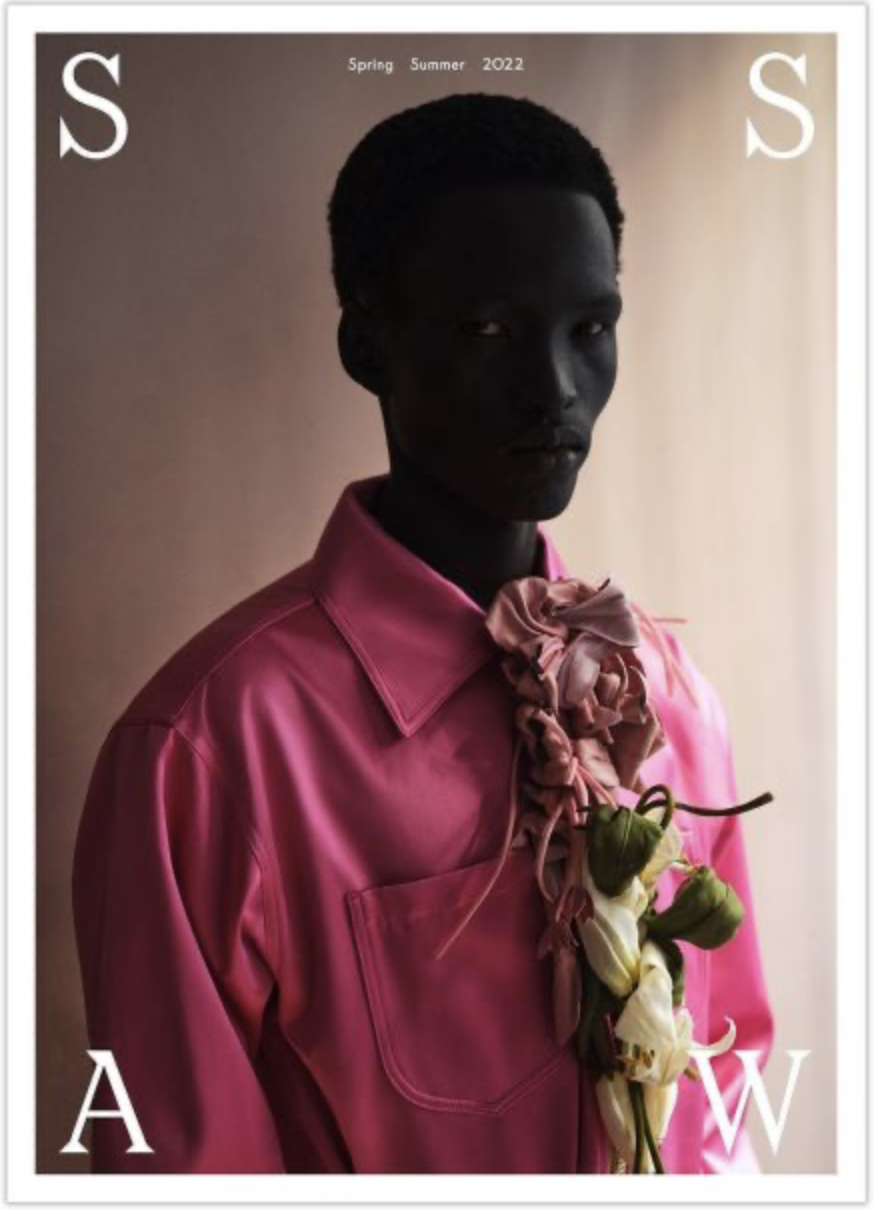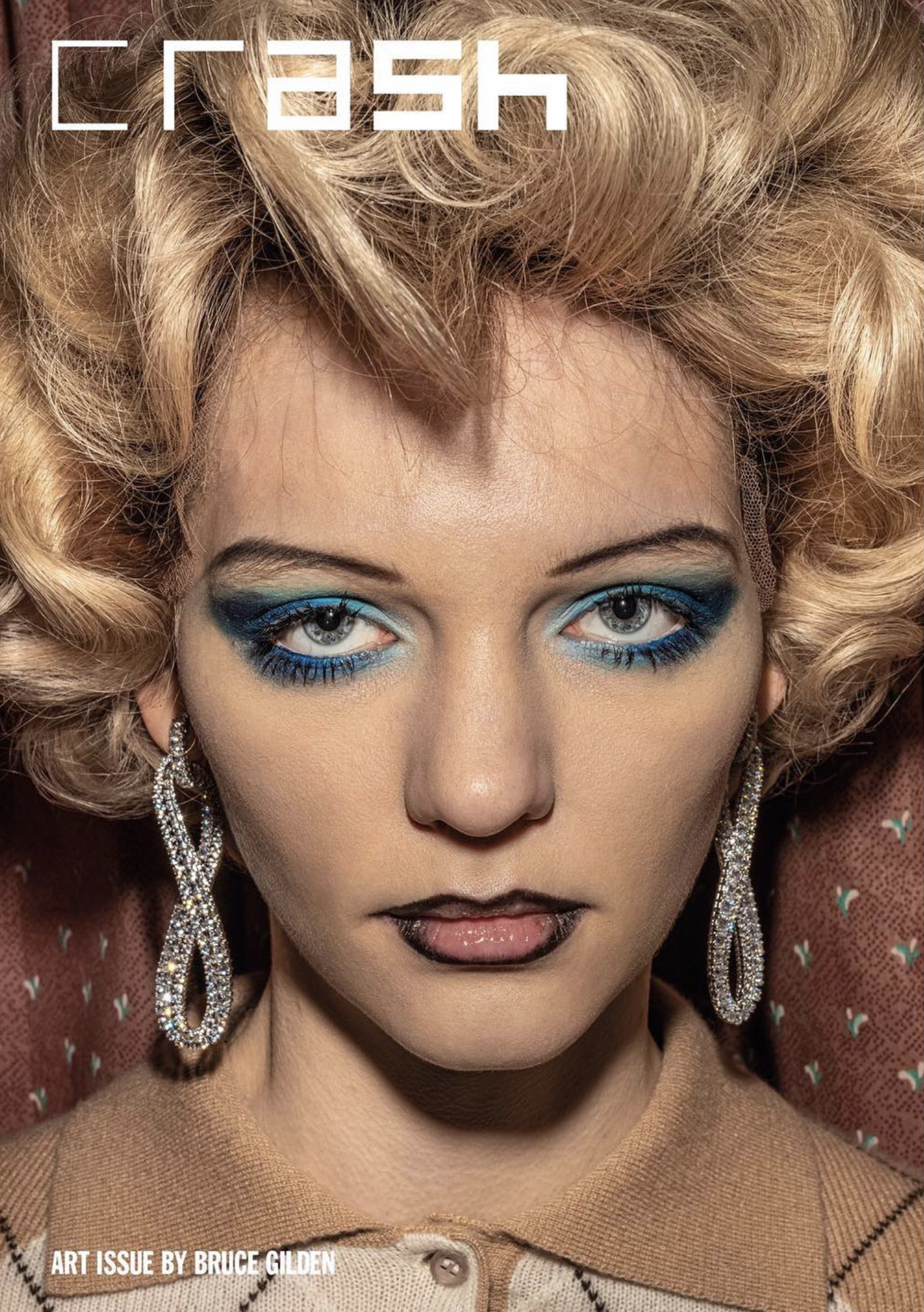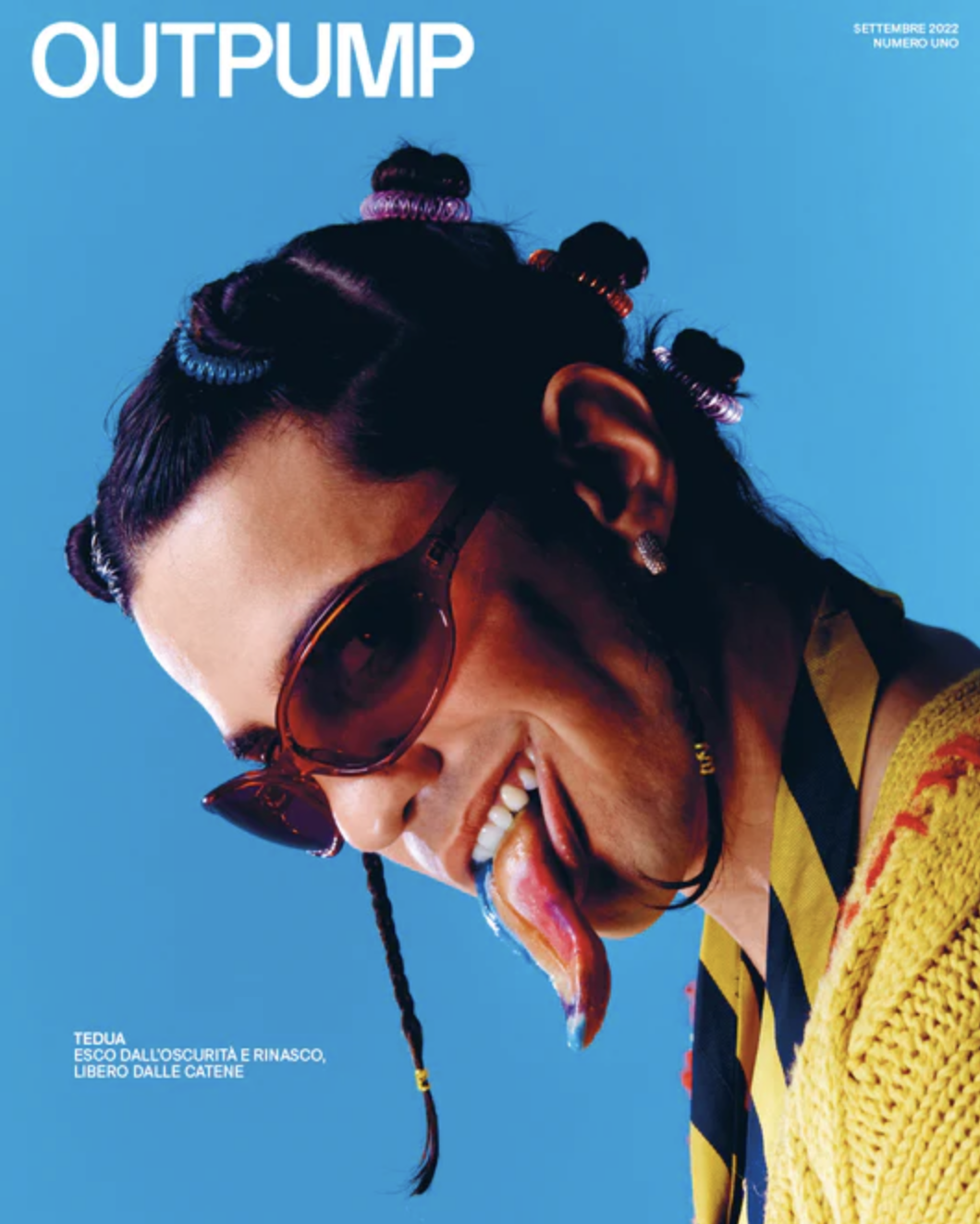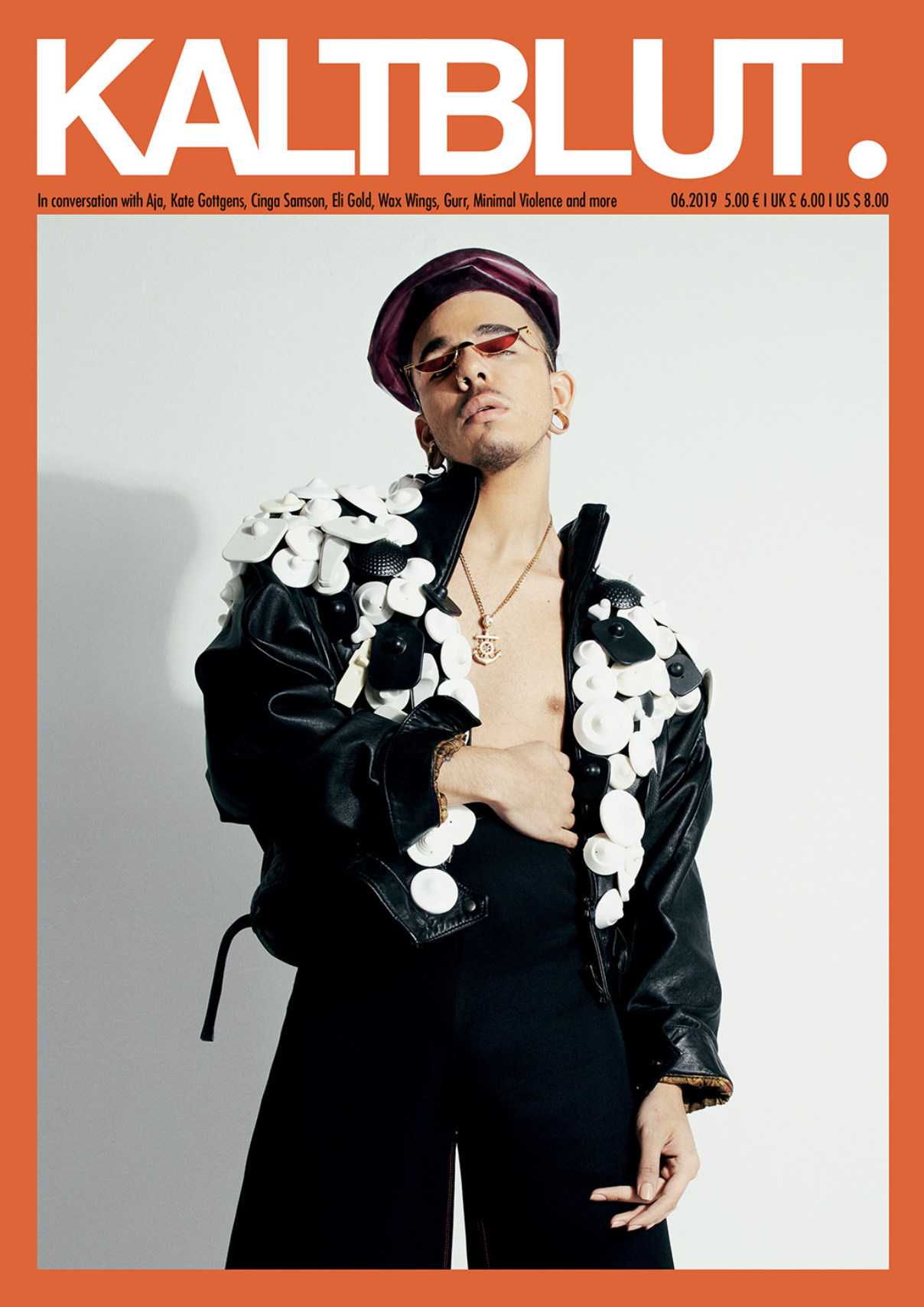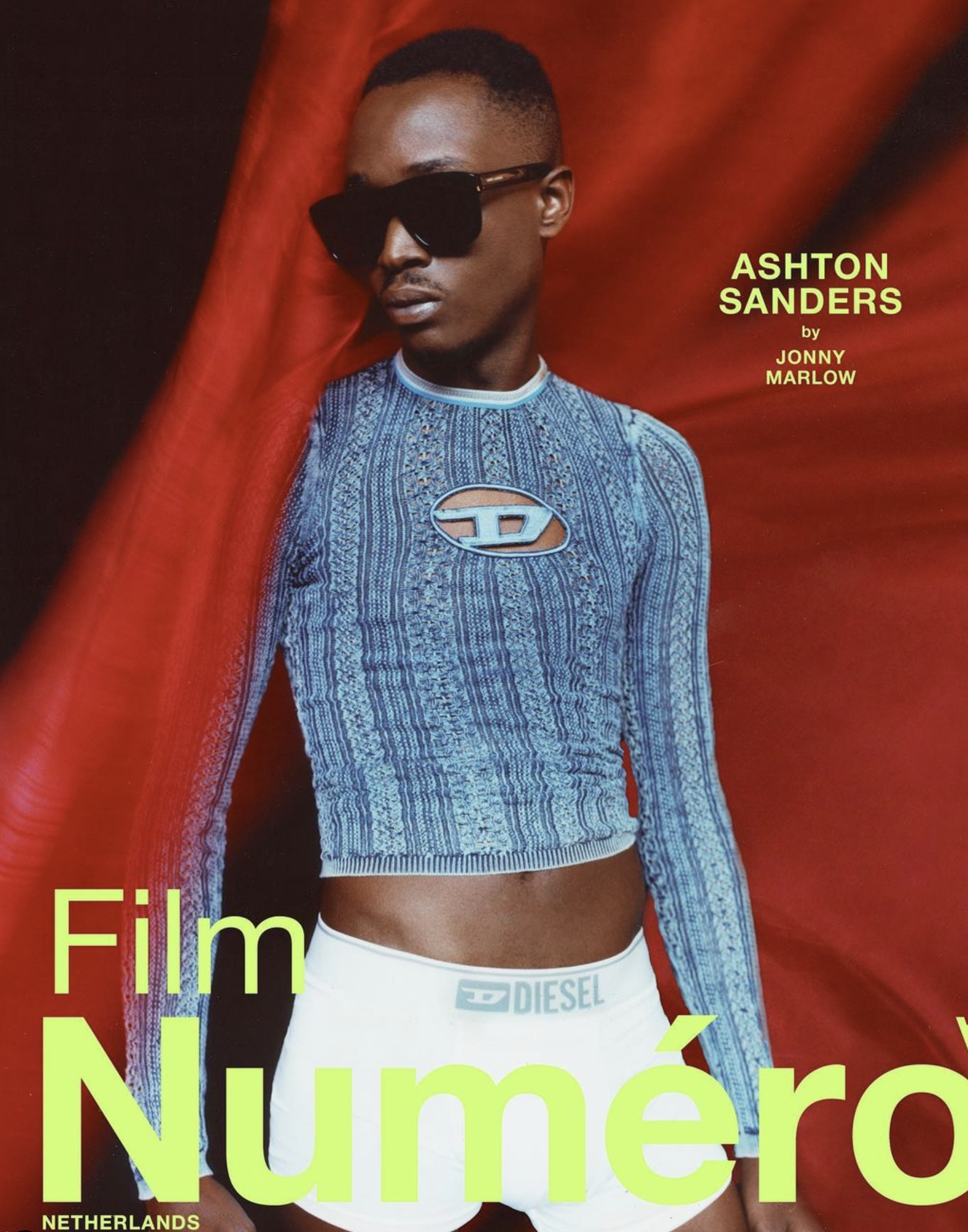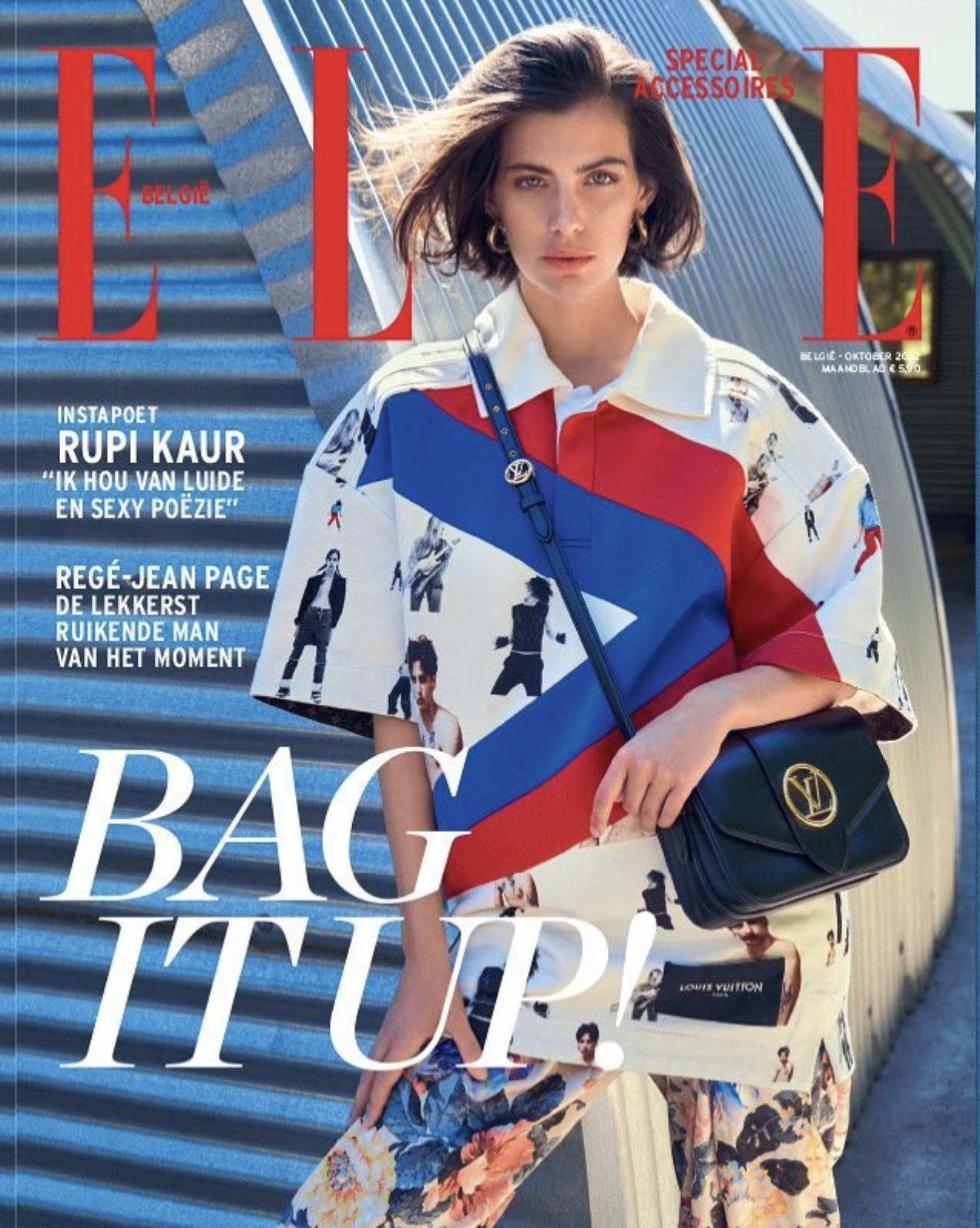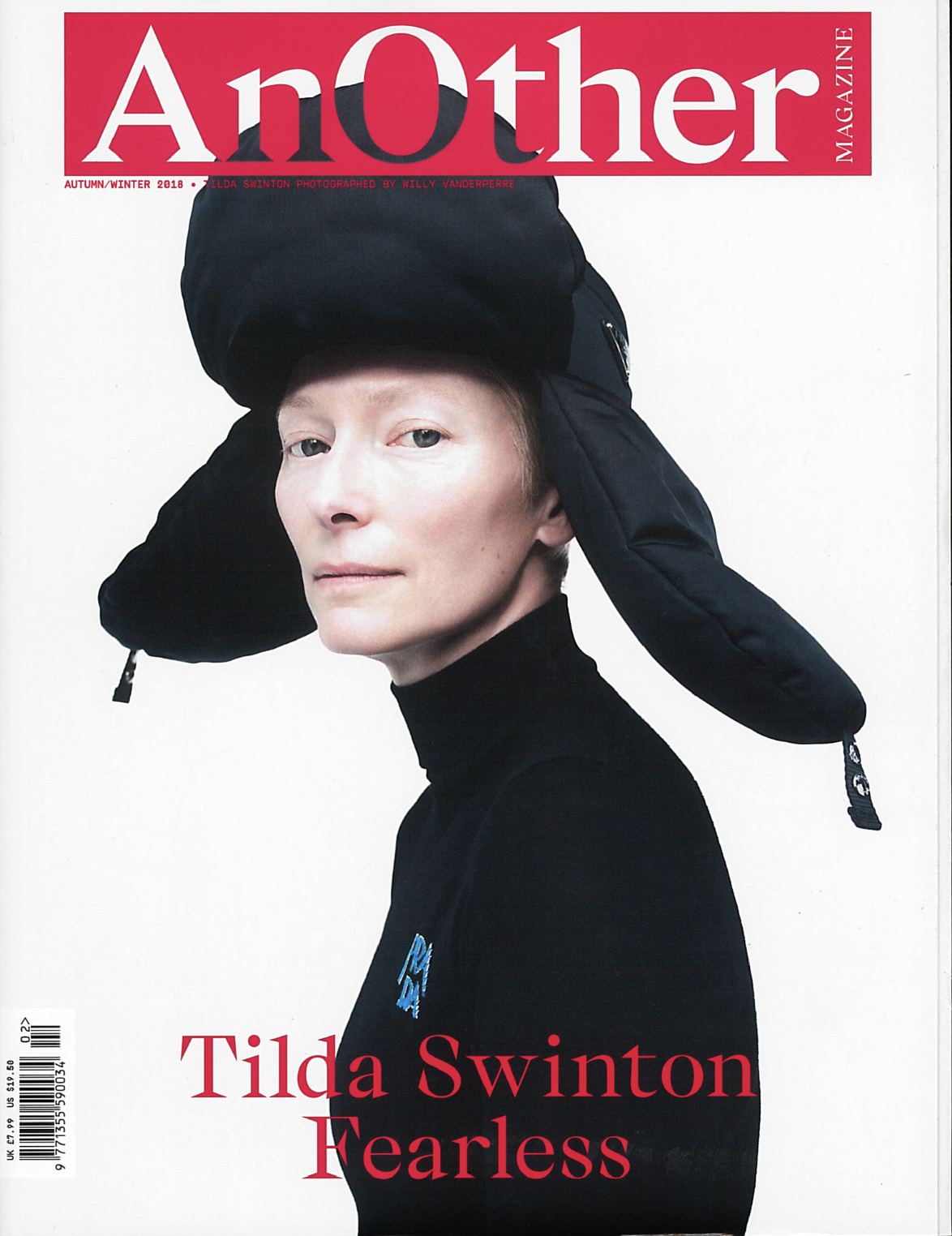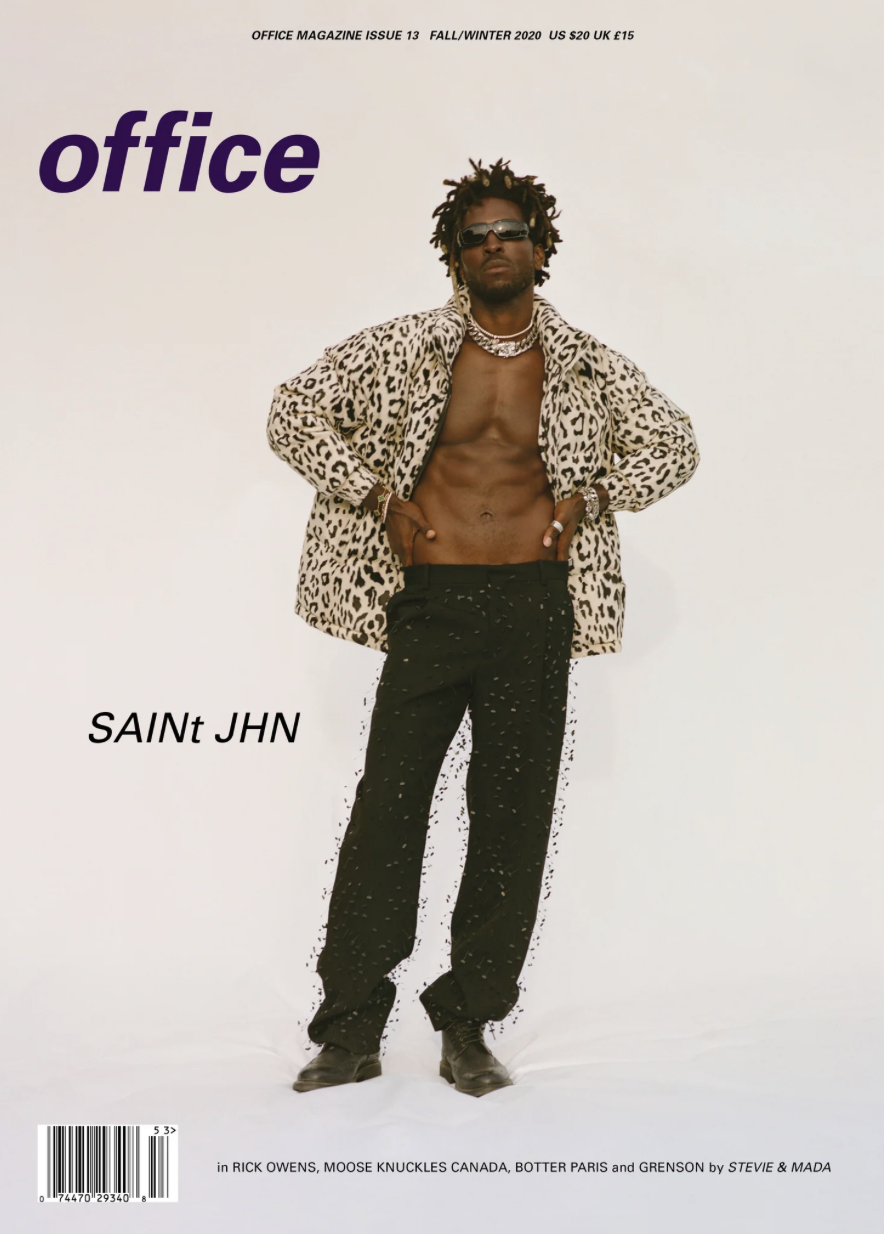The mantra ‘less is more’ has long been celebrated in interior design, emphasizing the beauty of simplicity and minimalism. However, a different design philosophy is taking over, known as maximalism. This vibrant style stands in contrast to the minimalist trends that...

Podcastmediets udvikling samt brugen af podcast i kommunikation
Podcastmediets udvikling samt brugen af podcast i kommunikation
VOCAST har snakket med Søren Bruunsgaard, formand for Center for Podcasting, som gav os nogle indsigter i, hvad podcast er for et mediet samt hvordan det kan bruges som kommunikationsform.
Mød Søren

Søren Brunsgaard har en kandidatgrad i Jura fra Københavns Universitet. Søren har siden 2016 været formand for Center for Podcasting, hvilket er en en non-profit interesseorganisation, der styrker, samler samt udvikler podcasting i Danmark. Udover at styrke podcasting i Danmark, står Center for Podcasting også for det årlige awardshow, “Podcastprisen“, der hylder dansk lyd- og podcastproduktion.
Hvorfor bruge podcast som kommunikationsform?
Brugen af podcast har haft en stigning over de sidste 5-10 år, og det anslåes, at der i 2023 findes over 3000 aktive podcasts med emner som nyheder, selvudvikling, storytelling osv.Ifølge Søren Brunsgaard skal udviklingen i interessen for podcast, som kommunikationsform, findes i fleksibiliteten, både i forhold til, hvad du gerne vil lytte til, men også hvornår modtageren gerne vil lytte.
“Det er det du lytter til, når du cykler, slår græs, skærer løg eller andet. Hvor mange bruger traditionel flow radio som baggrundslytning, så er podcast anset som værende forgrundslytning idet lytteren aktivt går ind og vælger hvorvidt de vil høre P1 Debat, Mørkeland eller noget helt tredje”.
Udover, at mediet anses som værende forgrundslytning, så har podcastmediet også den egenskab, at der er friere rammer i forhold til, hvordan du vælger at opbygge den enkelte episode. Modsat traditionel flowradio, hvor der som oftest er lagt skiftevis taleblokke, musiknumre og eventuelt reklameblokke, så er der langt friere tøjler ved en podcast. Om du vælger, at en episode skal være 20 minutter eller fire timer er sådan set frit, og opbygningen af en episode, kan også variere alt efter, hvilken podcastgenre, der er tale om, samt emnet af podcasten.
Derudover besidder traditionel radio også såkaldte indlagte blokke, der indebærer reklamer, hvorimod et podcastepisode kan have en enkelt sponsor på et afsnit. Dette muliggør, at det enkelte afsnit bliver præciseret markant. Fleksibiliteten ved en podcastepisode kan, ifølge Søren Brunsgaard, åbne muligheden for at gå dybden med mere ‘nichede’ emner, eftersom der ikke skal være tiltænkt plads til eksempelvis et musiknummer eller et nyhedsoverblik.
Hvilke overvejelser skal du gøre dig, inden du begiver dig ud i podcast som kommunikation?
Kommunikation via podcast har, som beskrevet tidligere, en lang række fordele. Dette indebærer blandt andet fleksibiliten hos lytteren i forhold til, at de selv kan gøre indflydelse på, hvornår og hvad, der skal lyttes til, men yderligere også opbygningen af podcastmediet. Ikke desto mindre er der også en række overvejelser, som afsenderen af en podcast, skal gøre sig.
Uafhængigt af, hvilken platform, der tages udgangspunkt i, er det vigtigt at have for øje, hvem det er, du gerne vil kommunikere dit budskab ud til. I den spæde start af podcastens popularitet var den primære målgruppe for podcasts de veluddannede 25-40 årige i Københavnsområdet. Men i takt med den stigende popularitet for mediet er målgruppen bredt sig mere ud og det anslåes, at der er vækst i antal af podcastlyttere på tværs af alle aldersgrupper. Det er dog stadig den midterste målgruppe, også kaldet den kommercielle målgruppe, der bruger podcast mest i deres hverdag.
En af grundene til, at den kommercielle målgruppe benytter sig mere af podcasts end andre målgrupper, mener Søren Brunsgaard, skal findes i udbuddet af podcasts til denne målgruppe.
“…det er også sådan lidt en selvopfyldende profeti, at det er de unge veluddannede københavnere, som lytter mest, fordi dem indholdet bliver lavet til. Der er ikke særlig meget indhold til den ældre målgruppe specifikt, eller ikke særlig meget børne indhold.”
En anden overvejelse, vedrørende brugen af podcasts, er de begrænsninger, som følger med. Da podcast som sagt er udelukkende et lydmedie er det derfor svært at have den visuelle del af sin kommunikation samlet et sted. Det er derfor væsentligt at have in mente, at det kan være svært at kommunikere informationer ud som påkræver visuelle kommunikationsformer. Og netop det, at podcasts ikke har et visuelt element, gør dem enklere at formidle eksempelvis reklamebudskaber, og samtidig skærpes kravene også til din fortælle evner, da der ikke er en billedside til understøtte budskabet. Ifølge Søren Brunsgaard er det særligt væsentligt at være opmærksom på at kreere en podcast, der appellerer til sine brugere, såfremt de bliver ved med at lytte til den. Søren Brunsgaard argumenterer i den forbindelse med, at
“hvis du bare lavede en podcast i gamle dage, så var du en first mover, og hvis du bare laver en podcast nu, så er du en bad mover.”
Når du vælger en vært til din podcast
Når du så har udviklet på dit koncept og dit budskab samt erhvervet dig med et kyndigt produktionsselskab, som kan hjælpe dig med at udarbejde din podcast, så skal der også vælges en vært. Men selvom det virker tiltalende at tage en tilfældig kommunikationsmedarbejder i din virksomhed, så kan det være en god ide at overveje om der måske skal et mere kendt ansigt på din podcast udadtil.
En af de pointer som Søren Brunsgaard har, er at en vært som måske har et mere velkendt ansigt blandt andet kan være en måde at få spredt ordet om sin podcast til forbrugerne. I snakken omkring gode match mellem vært og budskab/virksomhed nævner Søren Brunsgaard blandt andet samarbejdet mellem komiker Christian Fuhlendorf og kriminalforsorgen på podcasten “Fuhlendorff i fængsel”. Et andet eksempel på et vellykket samarbejde mellem virksomhed og podcast er samarbejdet mellem virksomheden Bedre Nætter og podcastværten Peter Falktoft.
Ved disse to eksempler fremhæver Søren Brunsgaard at podcasten har været vellykket for begge parter grundet en godt produceret podcast, et godt match mellem vært og virksomheden samt en stor portion markedsføring af podcasten, både på virksomheden og værtens sociale medier. Dertil var de to valg af værter til de to podcasts et godt match, fordi budskaberne for podcasten var noget, som værterne var enige i eller kunne tale godt omkring budskabet.
Kendte, danske podcasts
Herunder kan du se en række af de danske podcasts som også er at finde på den kuraterede podcastliste vi har lavet:
Er du stadig i tvivl om, hvordan du skal bruge podcast til fremtidig kommunikation? Herunder for du tre gode råd fra Søren Bruunsgaard:
Mia Maria Jensen Miller er dansk News Media Researcher og har arbejdet hos VOCAST siden januar 2023. Hun studerer en bachelor i Film- og Medievidenskab på Københavns Universitet ved siden af. Hendes interesserer er blandt andet journalistisk, udviklingen i medielandskabet samt hvordan kommunikation tilpasses til forskellige medier, platforme og modtagere.
SIGN UP TO OUR NEWSLETTER
Get free knowledge on how to optimize your B2B marketing & new product releases.
RELATED POSTS
The Rise of Maximalism
Social Influencers: A Guide to Authentic Brand Partnerships
In recent years, our society has given increased attention to the changing dynamics of the cultural and social and factors that shape individual and community life. From changing attitudes about gender, diversity, and the environment, alongside the influence of Gen Z,...
Austria & Switzerland: How to conquer the lifestyle market
"Grüzei and Servus from Switzerland and Austria!": two different countries, so similar and yet so different in culture and design. From a strong sense of regional identity to a deep appreciation for tradition, nature, and qualitative designs, the Austrian and Swiss...





